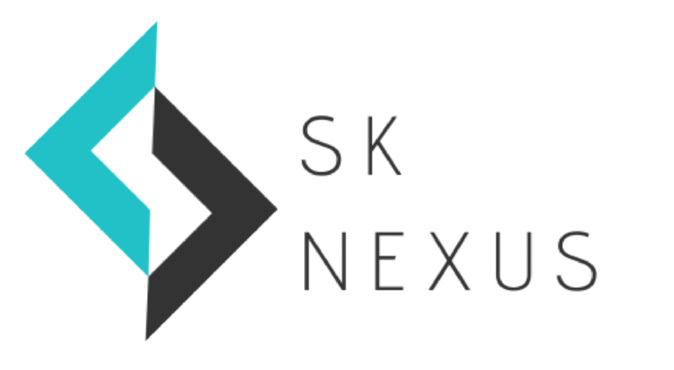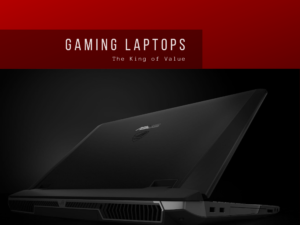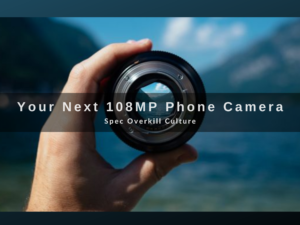If you aren’t living under a rock and aren’t as slow as me to respond, you should be aware of the latest product released by Apple at its 2023 Worldwide Developers Conference (WWDC) – Apple Vision Pro.
After watching the very tastefully inverted Ready Player One trailer they had to show for a demo; my immediate thoughts were that this announcement has given me the very same vibes that the original iPhone announcement did – not for the reasons you think though.
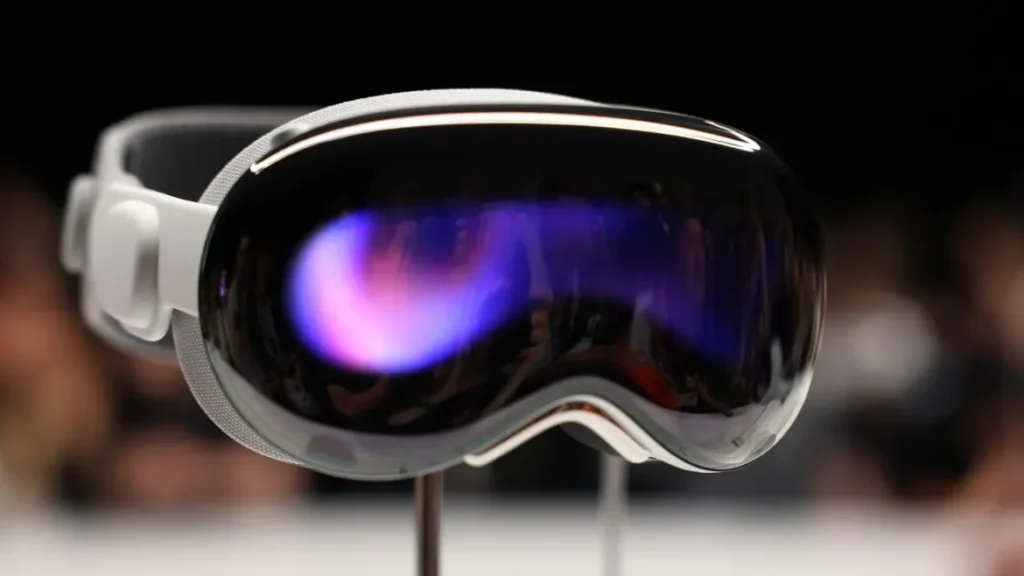
See, unlike other companies, to Apple, after branding and high pricing, what matters most is the extremely streamlined user experience – the reason iPhone did numbers was the fact that it was one of the first mass-accessible capacitive touchscreen devices available to the people. When Steve showcased the zooming and panning functionality for the first time, it just blew the minds of millions to the fact that how touch will become the new input interface for billions of users over the next decade.
The iPhone revolutionized the touchscreen game with its multi-finger support, gestures, and new ways to interact with a screen – Vision Pro is very well on its way to revolutionizing the virtual reality spatial computing market. With just your eyes and tap of the fingers, you can interact with objects up in thin air by just looking at them and casually gesturing anywhere near your frontal space.
Sounds too good to be true, but people who got to test the device, very much say that this was the most user-friendly experience with navigation they have ever had with any kind of Virtual Reality or Augmented Reality headset-type device.
No controllers, no modules, no weird gestures, just your eyes, and your fingers – that is all it takes to navigate the Vision Pro with millimeter precision – heck you can even type just by looking at a virtual keyboard and tapping your fingers in real-time.
That said, I have a few interesting notes for this platform, and for how Apple has handled the announcement of a brand-new ecosystem.
No mention of Virtual Reality at the Vision Pro event
The keen-eared among you might have noticed that even though a lot of publications are calling the Vision Pro a Virtual Reality headset, the fact is that Apple never mentioned the term ‘Virtual Reality’ even once in their event. Spatial Computing is what it is to them and there is a good reason for that.
You see Apple doesn’t want you to be lost in your own world when wearing the Vision Pro, for them the main use of the device is for you to extend the capabilities of your reality, not close it out. By default, all apps and interfaces load up in thin air without the need to block out your surroundings, and when you do need to have an intimate moment with your personal cinema, the digital crown returns to let you quickly zone in and out of literal reality.

I truly believe that the virtual reality aspect of the headset is necessitated due to the limitations of the current technology, the end goal for this product is to be a light and portable device you can wear all the time, just like your glasses – so it makes sense that Apple wants to steer away from the existing Virtual Reality space as far as possible in order to not be associated with the many issues that current VR implementation has.
Lastly, this very well is the best augmented reality experience out there – just like the refresh rate of a screen, it cannot be urged enough how important is the fact that the Vision Pro’s latency is only 12 milliseconds (up to eight times faster than a blink – there’s your benchmarking) – meaning you can react to the outside world without any lag or disorientation – that also in two 4K micro-OLED per eye.
But why is the Vision Pro priced so highly?
Coming in at 3,500 USD the Vision Pro is not a cheap device, but my counterpoint for that would be is what can you compare it to?
See Apple has this science perfected by now over the last decade where they come with a new product in a ‘similar’ category and then just make the price for it justifiable to the user. They did it first with the iPad, then AirPods, then AppleWatch, and the list goes on. Nobody ever wanted to buy 100USD headphones and strap a 500USD watch, but now many can’t live without them. That being said, 3,500 USD is still hard to swallow until you adjust your perspective a bit – this is not a consumer device, it is more of a mass public beta.
Remember the first Apple Watch? The first iPad? Yeah, those got killed pretty fast, because the products as they stood were an opportunity for developers to come up with use cases and consumers to come up with user needs – as soon as those got refined – newer versions quickly stepped in to replace these first editions.
The Vision Pro announcement just feels too similar to the public beta playbook, it was announced at the developer conference, it is not coming any time soon, and there is no dev kit for it to be sold at the exuberant pricing that dev kits are sold at – so that perspective makes the 3,500 USD more…..manageable –
its for developers to be curious and enthusiasts to be notorious? (sorry couldn’t help make that rhyme).
Is the Vision Pro just another iPhone add-on?
The pricing brings us to an interesting point – you see I am someone who believes in openness; I use Mac on the go, Windows when I want to get work done, I use Android as my daily, but iPhone when I am on vacation – so on and so forth – so for the last couple of years my cynical take is that most Apple Products (post-iPhone launch) are all just glorified accessories to the iPhone – heck you can’t even set up an Apple Watch without an iPhone.
So will the Vision Pro be yet another Mac and/or iPhone accessory or its own thing? Ever since the iPhone launch, Apple hasn’t really released a whole new platform, I mean the iPad barely counts as a new software platform since much of it is based on existing iOS – even the OS name was just changed recently so the iPad owners can feel a little bit more special.
Now we have visionOS for the Vision Pro – and honestly the demos so far just make it seem like yet another glorified entertainment device, it’s like an iPad (literally the same chipset-wise) with a new UI and UX – but the use case, is watching movies and facetiming relatives with a 3D avatar instead of your actual face.
Honestly, I want this to be a brand new platform that is standalone, of course owning multiple Apple devices will always make your experience much better and locked in, but I, like many, don’t prefer getting locked in.
The Vision Pro has the computing power, it has the developer attention, it has the ecosystem advantage – now we just need enough use cases developed so most people can get a Vision Pro over an iPad + iPhone + MacBook + Apple Watch – as long as you don’t mind being the only one in the room.
My biggest gripes with the Vision Pro
Let’s get to what bothers me about the Vision Pro, and these are some things to seriously think about.
Don’t get me wrong, computing has come a long way from what it used to be, but the benchmark for most devices to this day is ‘all day battery life’ – your watch, your phone, your tablet, and now even your laptop – MUST HAVE full day battery life. So it feels like going decades back when the official battery rating for the Vision Pro is just 2 hours?
I mean considering the fact this is probably a lab-tested case scenario, in the real world you very well won’t even be able to finish a movie untethered which defeats the purpose of having a battery pack at all in my opinion. Not to mention the fact that there are no supposedly switching options for the pack included in the box and you have to daisy chain bricks – we just got over tangled headphone wires.
In order to purchase the Vision Pro, you will need to be fitted for the fixture that goes around your eyes, yeah sure if you live next to an Apple Store – good for you – most of the world doesn’t though, so do you expect dealers to carry SKUs for thousands of heads?
They removed the battery pack, did the most unApple thing ever to have a permanent cord to your head, and the Vision Pro STILL weighs 453g – for a device that is expected to be worn most of the work day – half a kg sounds like a decent workout for your neck at all times. Fun fact, there is actually an overhead strap that you are supposed to attach, it was just too ugly for most of the marketing and promotion material.
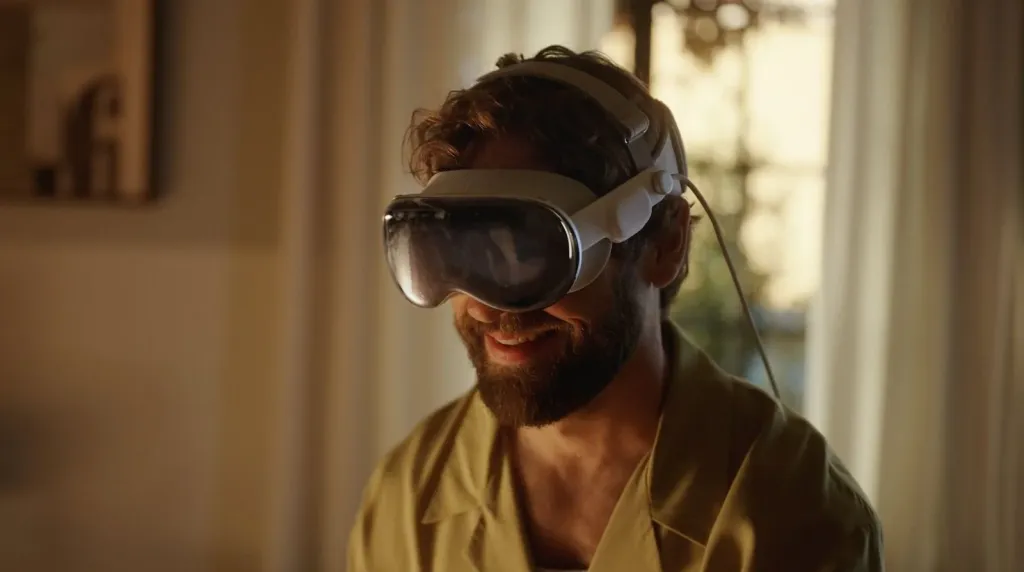
Which brings me to my last gripe, is this the dystopian future? A future where everyone is even more glued to their screens, a future where dads are recording their kids with a permanent wall between the experience, a future where our tiktok limited attention span is even more downsized – maybe, time will tell.
All I know for now is that either this device will change the way we work, or change the things people want.
As a Product Manager though, it just makes me happy that the primary use case was ‘browsing the web’ since there are literally no Apps on the platform right now.
I personally am a big believer of Web Apps, code once, run it everywhere, optimize where needed – the adoption of a new platform will be far easier for existing Web Apps rather than new Native Apps – and just as we saw in the smartphone space with the rise of Progressive Web Apps, soon there will be tech stacks helping Web Apps access the hardware on visionOS and whatever Google Pixel calls their competition, ah Google Glass was ahead of its time.
SK NEXUS is on a mission to make knowledge more accessible – around tech, around career, around business. There’s a severe gap for actionable knowledge around us – we are on a mission to fill that need.
Your contribution today can help us create more valuable content for many years to come. You can always pitch in by clicking the below.
Your continued support has supported 100+ high quality pieces of valuable content so far.

See, at the heart of it – I love solving problems for people using tech, it doesn’t get simpler than that.
I am known for constant experimentation and relentless execution.
If I have an idea, it better have a .com at the end of it within the month.
Right now – my focus is to help everyday folks of Pakistan understand tech, career, and business better with everything I do at SK NEXUS
